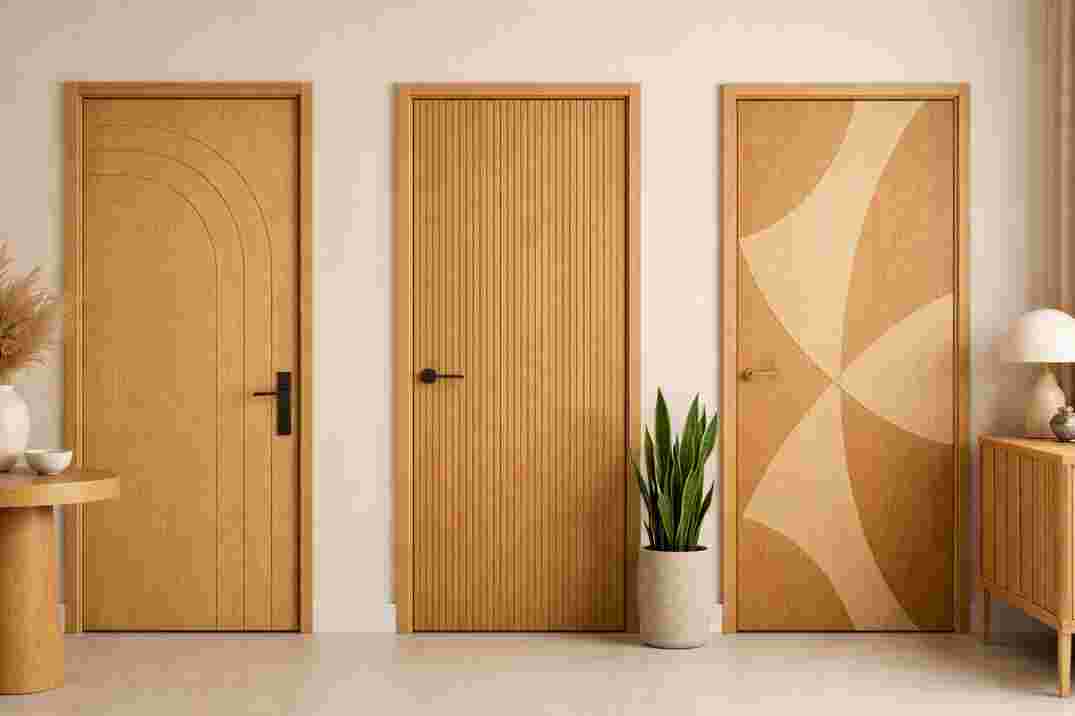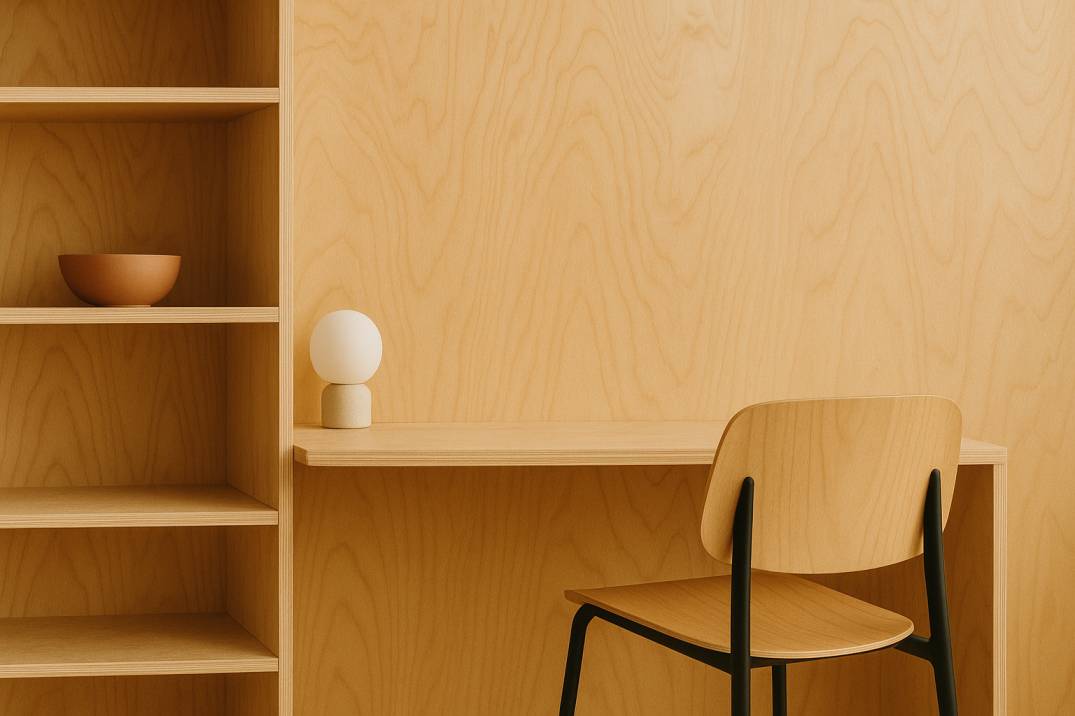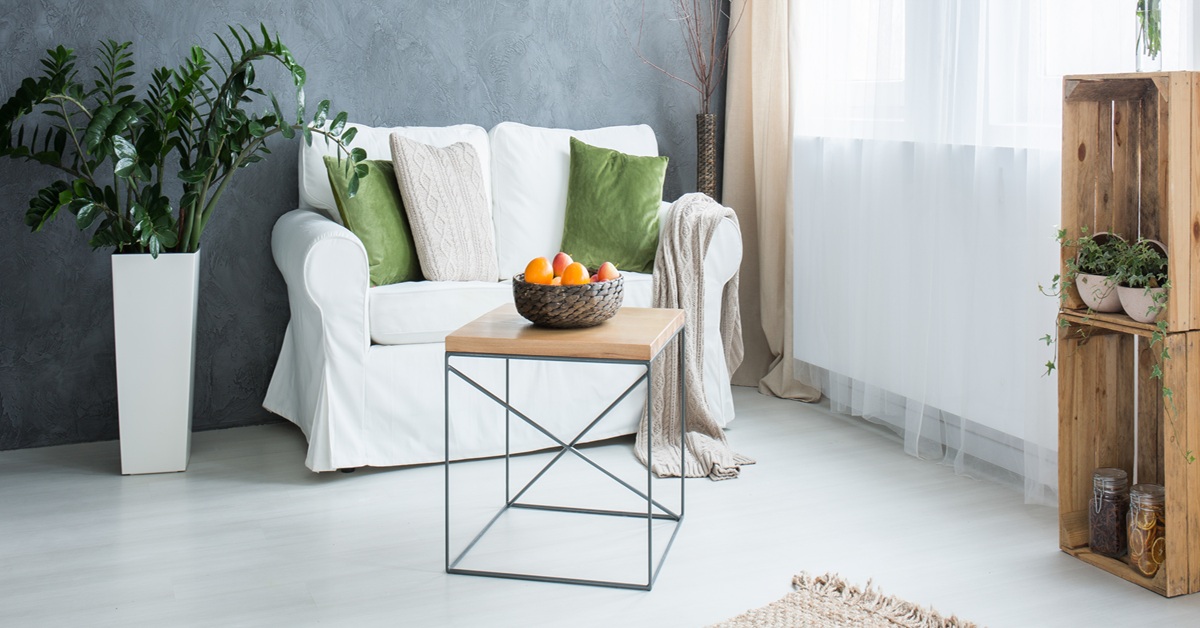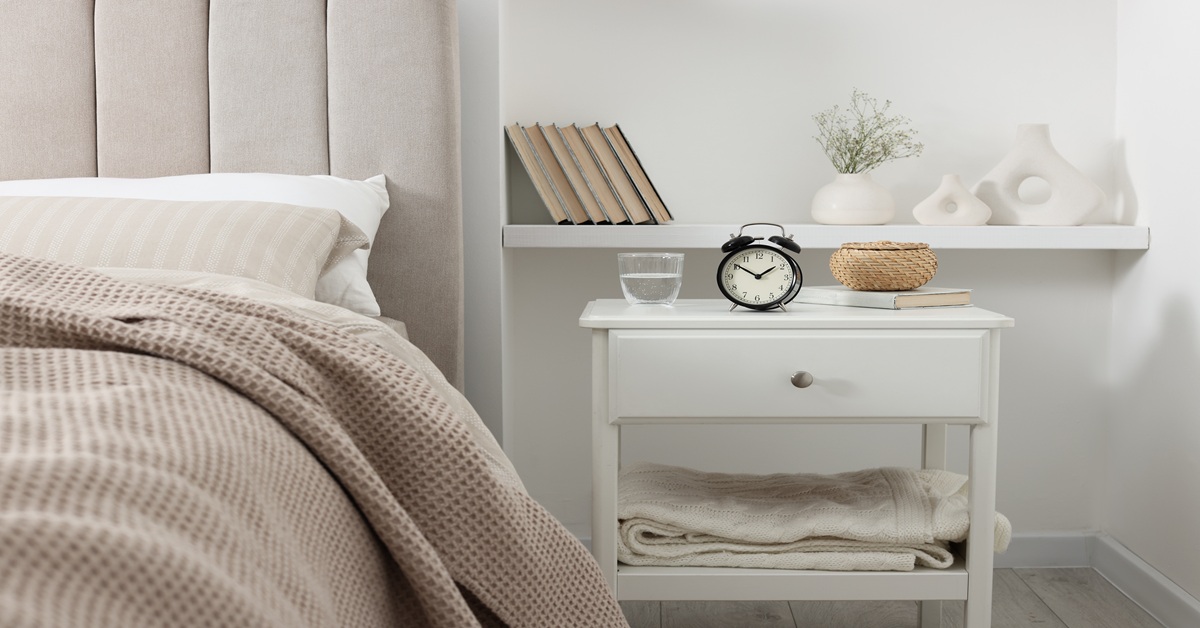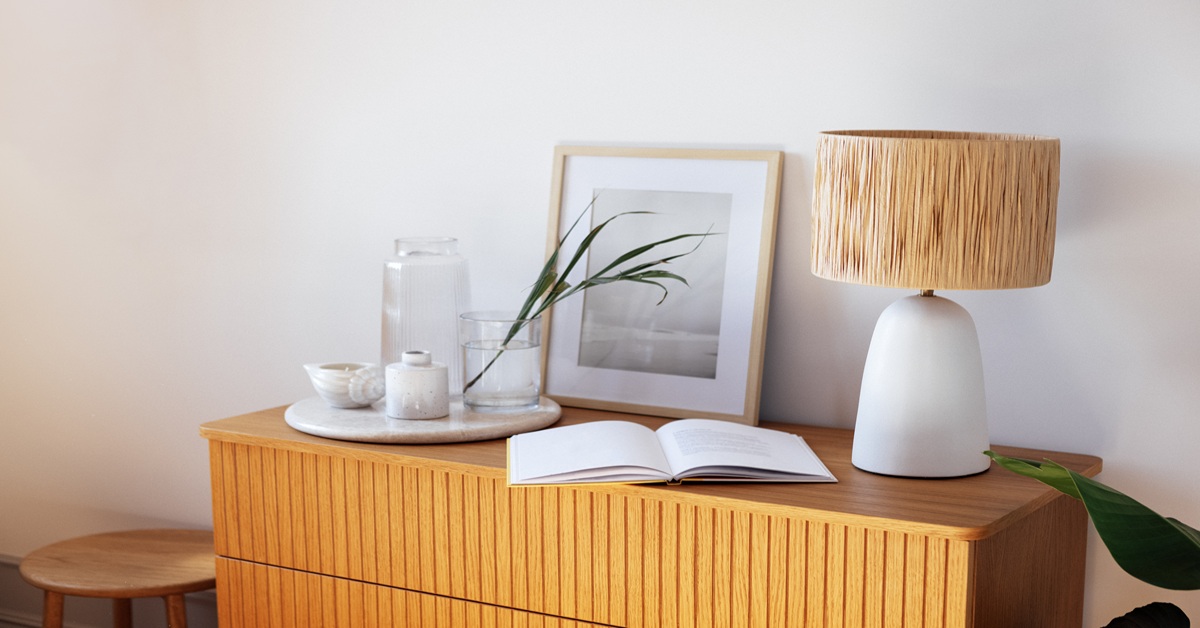When embarking on any woodworking or construction project, understanding the dimensions of your materials is essential. Plywood, one of the most versatile and widely used materials, comes in various sizes, thicknesses, and grades, which can sometimes make selecting the right piece a bit daunting. Whether you’re a seasoned carpenter or a DIY enthusiast, knowing how to navigate plywood sizes can save you time, money, and frustration. This blog aims to simplify the process by breaking down plywood dimensions, particularly focusing on sizes measured in feet.
The Basics of Plywood
Plywood is a type of engineered wood made from thin layers, or “plies,” of wood veneer that are glued together. The grain of each layer is rotated up to 90 degrees from the adjacent layer, which increases the material’s strength and reduces the likelihood of warping. This construction makes plywood an ideal choice for a wide range of applications, from furniture making to flooring and wall sheathing.
Standard Plywood Sheet Sizes
When purchasing plywood, the most common size you will encounter is the standard 4 feet by 8 feet sheet. This size has become the industry standard due to its convenience and compatibility with most construction projects. Here’s a closer look at what this standard size means:
- 4×8 Feet (48×96 Inches): The standard plywood sheet measures 4 feet in width and 8 feet in length. This size is ideal for covering large areas, such as walls, floors, and roofs, with minimal seams. It’s also convenient for cutting into smaller sections for custom applications.
- Variations: While 4×8 feet is the most common, plywood also comes in other sizes, though less frequently. For instance, you might find plywood sheets that are 2×4 feet (24×48 inches), 4×4 feet (48×48 inches), or even larger sizes like 5×10 feet or 5×12 feet, depending on the manufacturer and specific use cases.
Plywood Thickness Explained
In addition to the length and width, plywood thickness is another critical dimension that affects its strength, flexibility, and suitability for various projects. Plywood thickness is typically measured in inches, but understanding these measurements in feet can help you make better decisions based on your project’s needs.
- Common Thicknesses: Plywood is available in a range of thicknesses, commonly including 1/4 inch (0.021 feet), 3/8 inch (0.031 feet), 1/2 inch (0.042 feet), 5/8 inch (0.052 feet), 3/4 inch (0.063 feet), and 1 inch (0.083 feet). Each thickness serves different purposes:
- 1/4 inch: Best suited for applications where flexibility is key, such as curved surfaces or light-duty projects like drawer bottoms.
- 1/2 inch: Often used in furniture making, cabinetry, and wall paneling, offering a balance between strength and weight.
- 3/4 inch: Commonly used for structural applications like subflooring or shelving, where maximum strength and durability are required.
- Understanding Thickness in Feet: While plywood thickness is usually discussed in inches, converting these measurements to feet can help you visualize the material in relation to the overall dimensions of your project. For example, a 3/4-inch plywood sheet is 0.063 feet thick, which may be more meaningful when considering total project height or depth.
Specialty Plywood Sizes
Beyond the standard 4×8-foot sheet, specialty sizes are available for specific applications. These sizes cater to unique project requirements and can often save time and reduce waste by minimizing the need for cutting or resizing.
- Oversized Sheets: For large projects like roofing or wall sheathing in commercial buildings, oversized plywood sheets are often used. These can measure up to 5×12 feet, covering more area with fewer seams and joints, which can enhance structural integrity and aesthetic appeal.
- Smaller Sheets: Conversely, smaller plywood sheets, such as 2×4 feet or 2×2 feet, are ideal for small-scale projects like DIY crafts, cabinet repairs, or model making. These sizes are easier to handle and transport, making them convenient for hobbyists or those working in tight spaces.
The Impact of Plywood Size on Your Project
Selecting the right plywood size is crucial for the success of your project. The dimensions you choose will directly impact factors like material waste, project cost, and the ease of installation. Here’s how understanding plywood size in feet can benefit different types of projects:
- Minimizing Waste: By choosing plywood sheets that closely match the dimensions of your project, you can minimize waste. For example, if you’re building a small shed, using 4×8-foot sheets might reduce the number of cuts needed, leading to fewer off-cuts and more efficient use of materials.
- Cost Efficiency: Larger plywood sheets can cover more area, potentially reducing the number of sheets you need to purchase. However, they might also be more expensive upfront. Understanding the size in feet allows you to calculate the exact amount of material needed, helping you budget more effectively.
- Ease of Installation: Larger sheets can be more challenging to handle, especially in confined spaces or when working alone. Smaller, more manageable sizes may be easier to work with and install, even if they require more joints. Understanding the dimensions in feet helps you plan the logistics of your project more accurately.
Plywood Sizing and Sheet Layout
When planning a project, consider how plywood sheets will be laid out in relation to your working space. For example, if you’re installing plywood flooring or wall paneling, understanding the size in feet can help you determine the most efficient way to cover the area with minimal seams and joints.
- Flooring: In flooring applications, using 4×8-foot sheets can cover large areas quickly. However, if your room dimensions don’t align with standard plywood sizes, you may need to make cuts and plan for joints, which should be staggered for structural integrity.
- Wall Paneling: For wall paneling, plywood sheets can be installed vertically or horizontally, depending on the look you want to achieve and the dimensions of the space. Vertical installation often aligns better with standard ceiling heights, while horizontal installation may require fewer cuts in rooms with taller ceilings.
Custom Plywood Sizes
In some cases, you might need a plywood size that isn’t readily available in stores. Many suppliers offer custom cutting services, allowing you to order plywood sheets cut to your exact specifications. Understanding plywood dimensions in feet helps you communicate your needs clearly to the supplier, ensuring you receive the correct size for your project.
- Custom Cutting: Whether you need a specific width, length, or thickness, custom-cut plywood can be a convenient solution. This service is particularly useful for unique architectural projects, specialized furniture, or when working with non-standard room dimensions.
- Precision and Fit: Custom sizes can also help achieve a perfect fit, reducing the need for on-site adjustments and ensuring a professional finish. For instance, if you’re designing built-in furniture or cabinetry, custom-cut plywood can save time and ensure precise alignment with existing structures.
Tips for Selecting the Right Plywood Size
Choosing the right plywood size involves more than just picking a standard sheet off the shelf. Consider the following tips to make the best choice for your project:
- Measure Twice, Cut Once: Before purchasing plywood, take accurate measurements of your project space. Consider the dimensions of the area you need to cover, as well as any specific requirements like thickness or edge finishing.
- Consider the Application: Different projects require different plywood sizes and thicknesses. For structural applications, thicker plywood is essential, while thinner sheets may be sufficient for decorative purposes.
- Account for Waste: Even with careful planning, some material waste is inevitable. Plan for this by purchasing slightly more plywood than your exact measurements require, especially if your project involves complex cuts or fitting.
- Think About Transportation: Larger sheets of plywood can be challenging to transport, especially if you’re working without professional help. Consider how you’ll move and store the plywood, and whether smaller sheets might be more practical for your situation.
- Consult with Experts: If you’re unsure about which plywood size to choose, consult with a professional or a knowledgeable salesperson. They can provide advice based on your specific project needs and help you select the right dimensions.
Conclusion
Understanding plywood sizes in feet is an essential part of planning and executing any woodworking or construction project. Whether you’re working on a large-scale build or a small DIY project, knowing how to choose the right size plywood can make all the difference in terms of efficiency, cost, and final results. By familiarizing yourself with standard sizes, thicknesses, and the impact of different dimensions, you can approach your next project with confidence and precision. Whether you stick to standard 4×8-foot sheets or explore custom options, plywood offers the flexibility and functionality needed to bring your vision to life.



